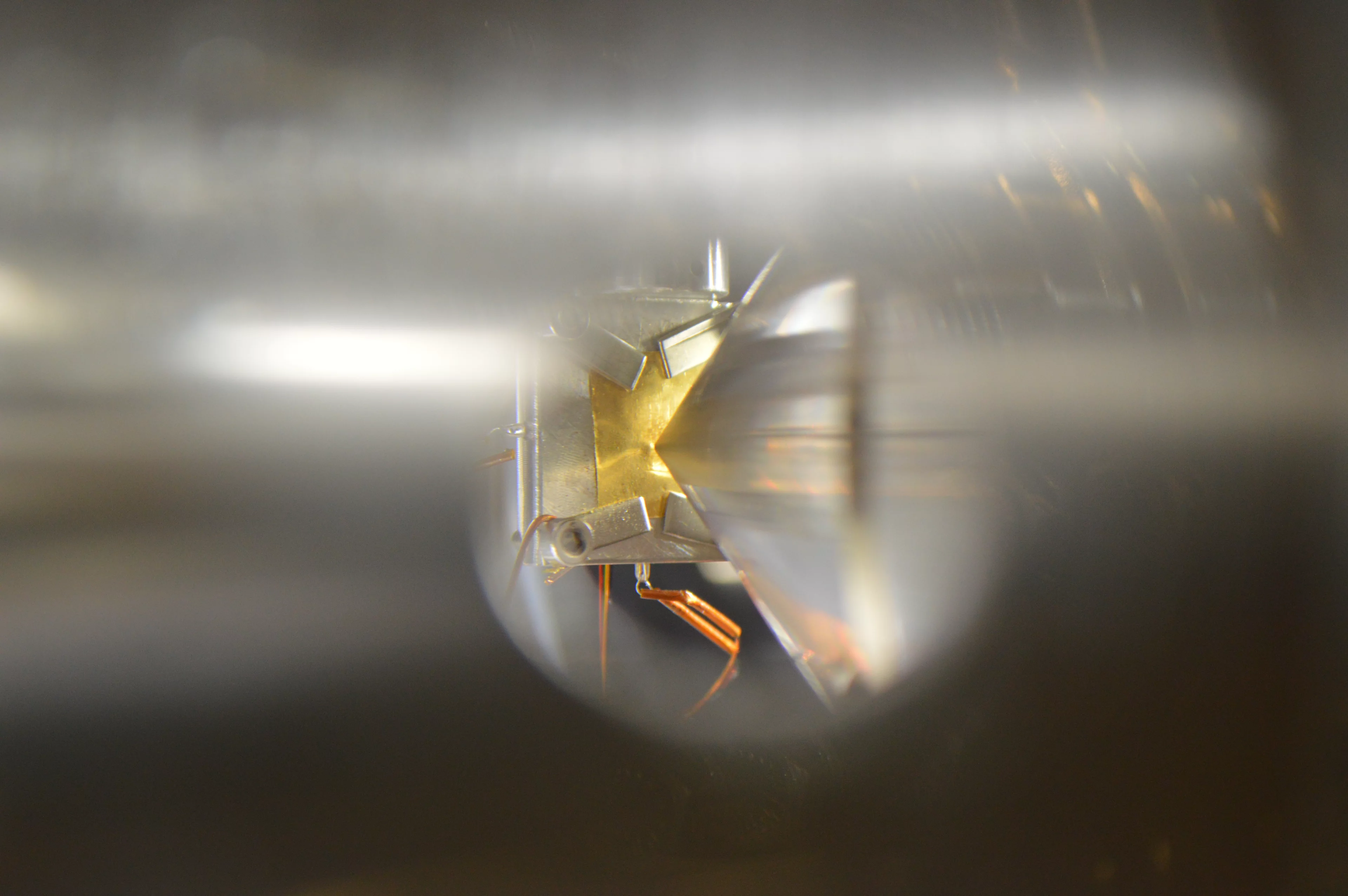X-ray photoelectron spectroscopy (XPS) performed at pressures up to 20 mbar (here referred to as near-ambient pressure photoemission, NAPP) is an emerging tool that allows probing the chemistry of surfaces that are relevant to catalysis and the environment under nearly realistic reactant and pressure conditions, thus largely overcoming the pressure gap that separates the basic UHV-based surface science technique and the conditions of real applications.
The basic concept of NAPP is that the sample is exposed to a gas or liquid environment and that the photo-electrons are sampled through a differentially pumped electrostatic lens system into an electron energy analyzer held at UHV. Scattering of the electrons by the gas phase molecules and the pressure field distor-tion around the sampling aperture into the lower pressure lens system provides constraints on the maximum pressures attainable.


